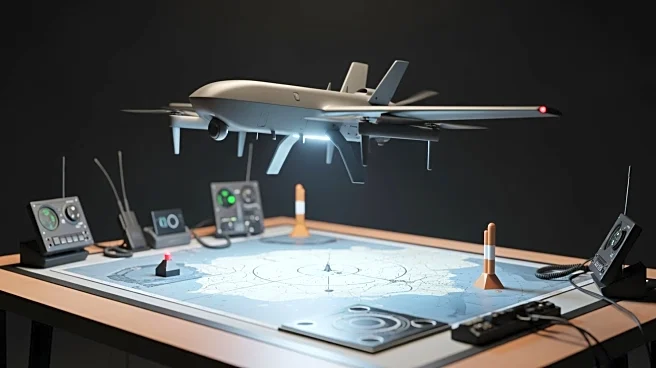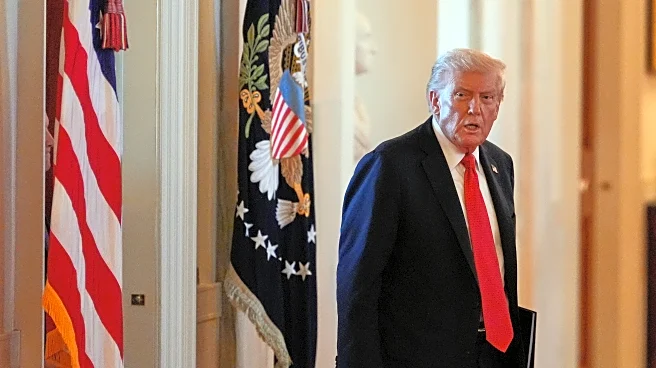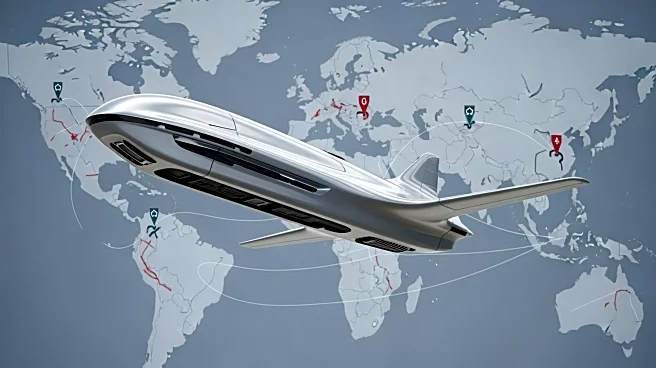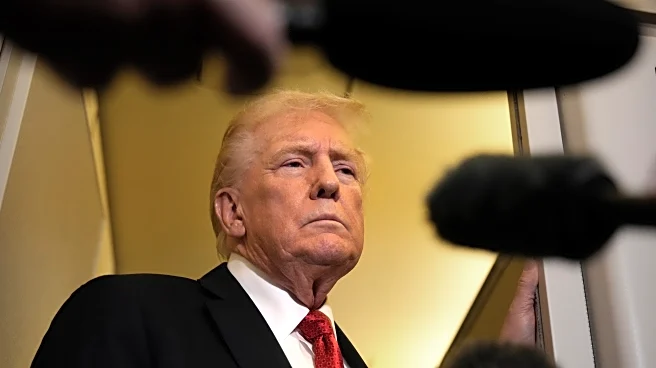What's Happening?
Loitering munitions, a type of aerial weapon capable of hovering while searching for targets, have become increasingly significant in high-intensity warfare. Initially playing a limited role in the conflict in Ukraine, their use has expanded dramatically,
becoming a key capability for modern militaries worldwide. The global market for loitering munitions is expected to nearly double over the next decade, with Ukraine projected to be the largest spender. These munitions, which include systems like Iran's Shahed and Poland's Warmate, are characterized by their ability to operate in GPS-denied environments and use AI for target identification.
Why It's Important?
The rise of loitering munitions signifies a shift in military strategy towards more precise and scalable weapon systems. These munitions offer a cost-effective solution for militaries seeking to enhance their capabilities without relying solely on expensive, sophisticated platforms. The increased use of AI in these systems allows for improved target identification and operational efficiency. As countries like the U.S., Russia, and China invest in these technologies, the global arms race is likely to intensify, impacting international security dynamics and defense policies.
Beyond the Headlines
The development and deployment of loitering munitions raise ethical and legal questions regarding their use in warfare. The ability to autonomously identify and engage targets challenges existing frameworks governing the use of force and accountability in military operations. Additionally, the proliferation of these systems could lead to increased tensions and conflicts, as nations seek to counterbalance each other's capabilities. The integration of AI in military applications also highlights the need for robust regulatory frameworks to ensure responsible use.















